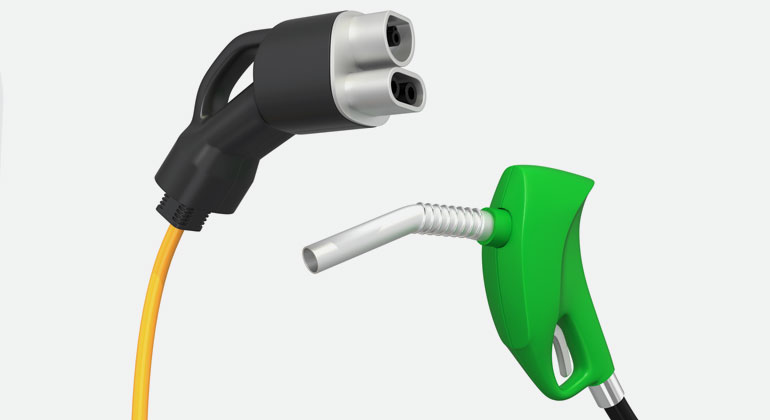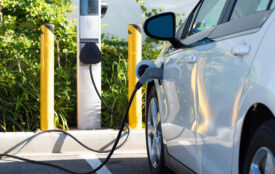New plug-in hybrids deviate even more from test cycle fuel consumption than older vehicle models
Plug-in hybrid vehicles accounted for about 9% of all new passenger car registrations in Europe in the first quarter of 2022.
Equipped with an internal combustion engine as well as an electric drive train, their contribution to emission reductions strongly depends on the usage patterns in everyday real-world driving. For a joint study, the German Fraunhofer Institute for Systems and Innovation Research ISI and the International Council on Clean Transportation (ICCT) analyzed extensive data for about 9,000 plug-in hybrids across Europe. The analysis shows the fuel consumption values of plug-in hybrid vehicles on average are significantly higher than the official test results – and recently further increased.
For their statistical analyses, the researchers made use of anonymized data that vehicle drivers had voluntarily reported to online portals, such as Spritmonitor in Germany. The researchers also took into account data on company cars that had been provided by fleet managers.
Dr. Patrick Plötz, Coordinator of the Business Unit Energy Economy at Fraunhofer ISI and lead author of the study, summarizes one of the key findings: “On average, the real-world fuel consumption and CO2 emission values of plug-in hybrid vehicles for private drivers in Germany and other European countries are about three times as high as according to the official test procedure. For company cars, the deviation is even about five times the official values.” This gap between official and real-world values is much larger for plug-in hybrid vehicles than for conventional combustion engine vehicles. The real-world fuel consumption for private plug-in hybrids is at about 4.0 to 4.4 liters per 100 kilometers. In the case of company cars, the average values are between 7.6 to 8.4 liters. Average fuel consumption according to the official test procedure is between about 1.6 to 1.7 liters per 100 kilometers. Every additional liter of gasoline burnt is not only expensive but also corresponds to an exceedance of the emission levels defined in the EU-wide CO2 standards for new vehicles.
The real-world gap of plug-in hybrids continued to grow
In comparison to a previous Fraunhofer-ICCT analysis from 2020, the real-world gap of plug-in hybrids continued to grow. “Plug-in hybrids that are certified according to the new WLTP tend to have an even higher discrepancy than older vehicle models that were certified according to the NEDC.”, says Dr. Georg Bieker, one of the co-authors fo the study. Every year the gap between official and real-world fuel consumption and CO2 values increases by about 0.1 to 0.2 liters per 100 kilometers, the researchers conclude from the data analysis. On average, privately used plug-in hybrids are driven largely electric only for about 45% to 49% of their mileage, and for company cars the share is as low as 11% to 15%.
The Fraunhofer ISI and ICCT researchers offer concrete recommendations from their analysis. “Fiscal incentives, such as purchase premiums and a reduced company car tax, should be tied to demonstrating a electric share of about 80% or a fuel consumption of 2 liters per 100 kilometers during real-world driving,” recommends ICCT Director Dr. Peter Mock. Furthermore, the utility factor—which defines the assumed electric drive share in WLTP—should be adapted to the average real usage patterns of plug-in hybrids. As part of a recent policy initiative, the European Commission proposes exactly such an adaptation. In the long term, the CO2 emissions of plug-in hybrid vehicles prevent the EU from achieving a climate neutral transport sector. As foreseen in the European Commission’s proposal for the future CO2 emission standards, no new plug-in hybrids should be registered beyond the year 2035. An important vote by the Environment Ministers of all EU member states on this regulation is expected for June 28.








